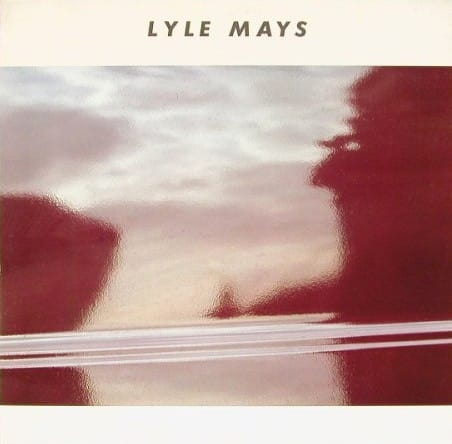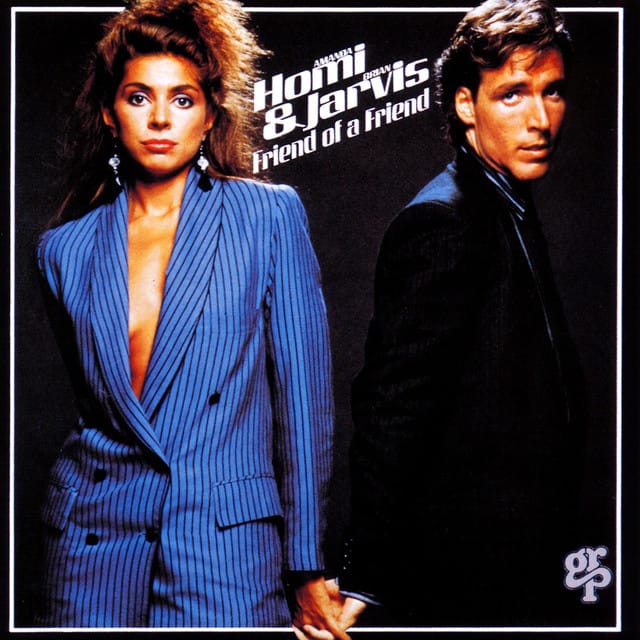Eli Reviews: Lyle Mays – Lyle Mays (1986)

I had possibly a spiritual experience listening to this album in a pool one night, on my iPhone speaker. Surely an improper means to listen to art but that’s good the mix and music are that I could be as absorbed as I was.
This falls in with my 80s EM/FM-related obsession as my jazz background found it’s way more into Quixote than it did Ship Life, for some reason. The digital synth tones on this record marry so well with Mays’ piano language, and though I liked the intro track “Highland Aire”, it was “Teiko” that transported me. The reverbs used are so cosmic sounding, and with the unusual combination of world musics and sparkly synth and soprano sax, it reminded me of one bit from the anime Cowboy Bepop.
I was only vaguely aware of Pat Metheny for the longest time, playing a few of his tunes in college and making note to follow up on his discography some day. I only ended up doing that last year and became aware of Lyle Mays and his beautiful piano language. I’m overdue to do some transcribing of his playing. He’s basically the piano version of Pat Metheny as far as I can tell, fluent and virtuosic in jazz vocab but with a passion for this more folk mode of playing (I believe I’d heard Metheny use that word this way) by which I mean things like double plagal cadences and sus 2 chords, diatonic scale runs and more triadic thinking.
The use of such big reverbs is kind of an 80s thing but for jazz, I feel like this could have been contentious. Solo piano track “Mirror of the Heart” has so much reverb on it that it almost become a second instrument on the recording. It’s beautiful. “Northern Lights” is another one that took me to the stars, with it’s held synth string note and repeated soft plucky synth motif, acoustic piano and double bass dancing around the digital elements.
This galactic combination of jazz and synthesizer was something I was reaching for with my own track “Per Aspera Ad Astra”. I’m still in awe of how much texture, power and width synthesizers can give a composer who doesn’t have access to a traditional orchestra.
“Slink” has an immaculate and very modern piano solo and “Invocation” has some beautiful synth in it but “Ascent” and “Close to Home” arrest me a lot more. The latter is such a gorgeous end to the record and might become my first Lyle Mays transcription.

Leave a Reply